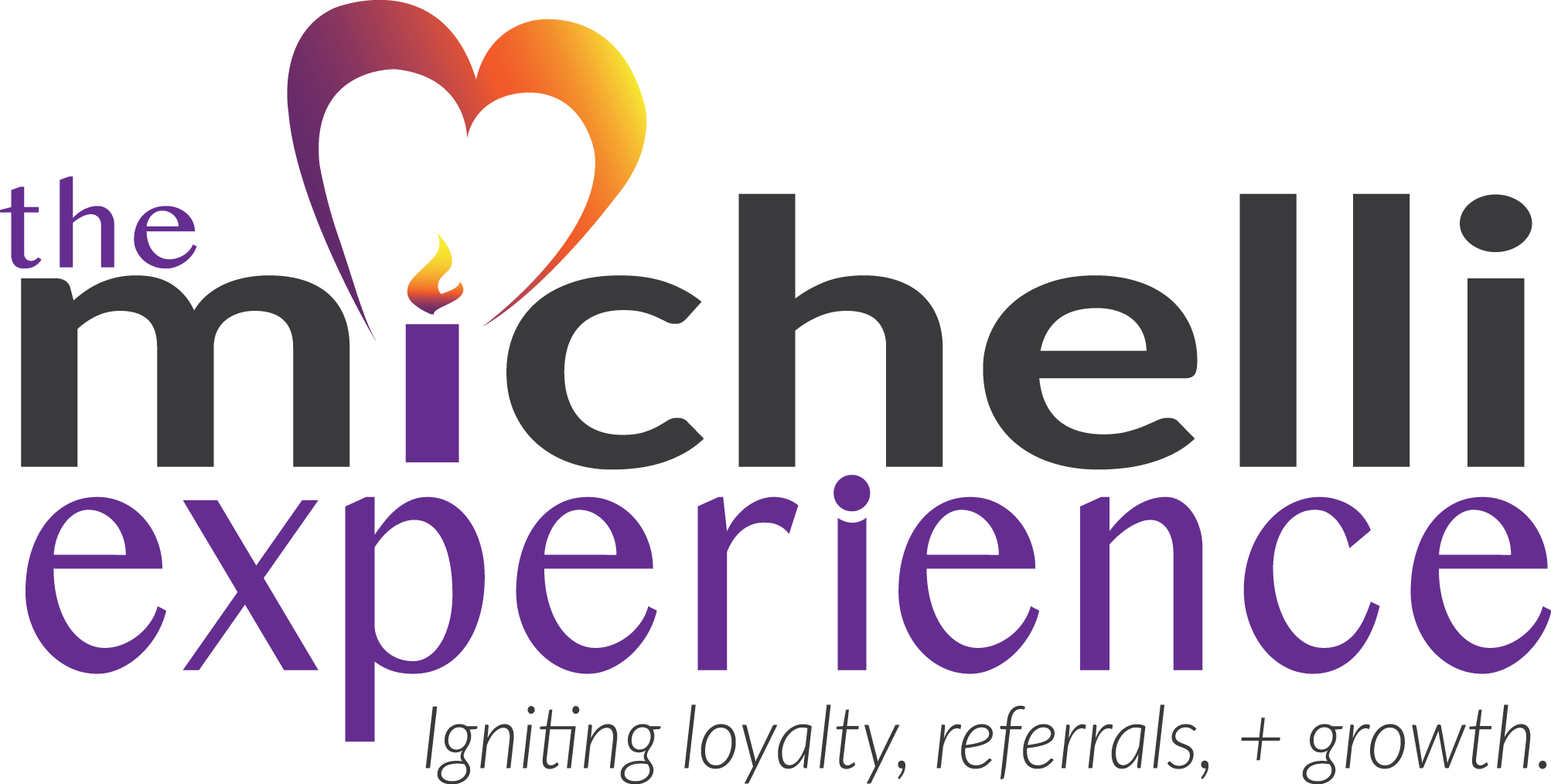This is the fourth post in a series titled “Customer Experience IS Team Member Experience.”
Earlier posts in this series looked at employee engagement’s research history, defined it in behavioral and attitudinal terms, and reviewed commercial and non-commercial tools to measure the construct. Now we’ll look at the proven benefits of driving employee engagement (EE) and begin a discussion of how to increase engagement in your organization. Over the next couple of installments, we’ll complete this series with an in-depth look at employee engagement best practices.
Generally, the benefits of a highly engaged workforce fall into two categories – increased financial performance and improved employee performance and well-being. From a financial perspective, employee engagement contributes to (among other benefits) increased annual revenue, year-over-year operating income, profitability, and shareholder value. These benefits are consistent across industries, geography, and business size. Regarding employee performance and well-being benefits, Professor Robert Franks’ literature review lists the following:
-
“Engaged employees have fewer absences than non-engaged employees.
-
Engaged employees have lower turnover rates and longer retention rates than non- engaged employees.
-
When asked about intention to leave the organization, non-engaged employees leave at a faster rate than engaged employees.
-
Something called Organizational Citizenship Behavior (OCB) – which is helping behavior directed at fellow employees or workgroups and supporting the organization – is highly correlated with employee engagement…
-
Studies indicate that engaged employees handle stressors better than non-engaged employees, promote general health, have better physical and mental health, have lower levels of depression and anxiety, feel psychologically safe, have fewer workplace safety incidents, and have fewer workplace accidents and injuries…
-
Employee engagement ha also shown positive relationship to customer loyalty, customer engagement, service climate, and customer experience.”
Since employee engagement looks like the best thing since sliced bread, how do we increase it in our workplaces? One of my favorite models for workplace enhancement comes from Daniel Pink’s book Drive: The Surprising Truth About What Motivates. In Drive, Daniel concludes that employee engagement is the result of three variables:
- Autonomy
- Mastery
- Purpose
Daniel suggests autonomy is “not the rugged, go-it-alone, rely-on-nobody individualism of the American cowboy. It means acting with choice—which means we can be both autonomous and happily interdependent with others.” Based on research, Daniel suggests that we all desire autonomy over four domains: task, time, technique, and team. In essence, we want some level of choice over what, when, how, and with whom we collaborate.
Citing research on mastery, Daniel notes, “A study of 11,000 industrial scientists and engineers working at companies in the United States found that the desire for intellectual challenge—that is, the urge to master something new and engaging—was the best predictor of productivity. Scientists motivated by this intrinsic desire filed significantly more patents than those whose main motivation was money, even controlling for the amount of effort each group expended.”
Finally, Daniel reflects on the importance of purpose in employee engagement by noting, “From the moment that human beings first stared into the sky, contemplated their place in the universe, and tried to create something that bettered the world and outlasted their lives, we have been purpose seekers. ‘Purpose provides activation energy for living…evolution has had a hand in selecting people who had a sense of doing something beyond themselves.'”
Given the immense benefits of employee engagement, here are two challenge questions based on Daniel Pink’s model:
- How are you creating opportunities for autonomy concerning task, time, technique, and team?
- Would your teams say they are doing purposeful work that stretches them to learn and grow?
This week, I hope you’ll schedule a time to talk about employee engagement and your internal customer experience.
Until next week, let’s drive team member engagement by focusing on mastery, autonomy, and purpose.

Joseph A. Michelli, Ph.D. is a professional speaker and chief experience officer at The Michelli Experience. A New York Times #1 bestselling author, Dr. Michelli and his team consult with some of the world’s best customer experience companies.
Follow on Twitter: @josephmichelli



